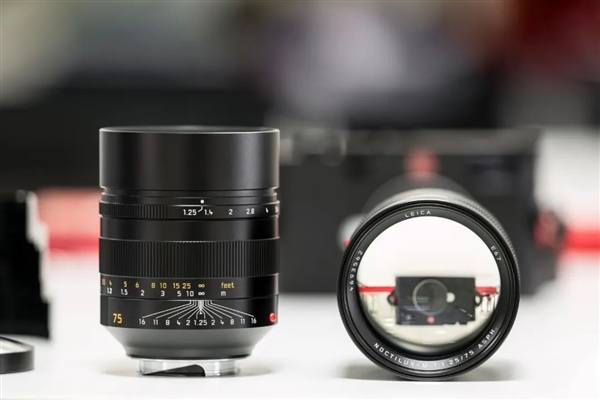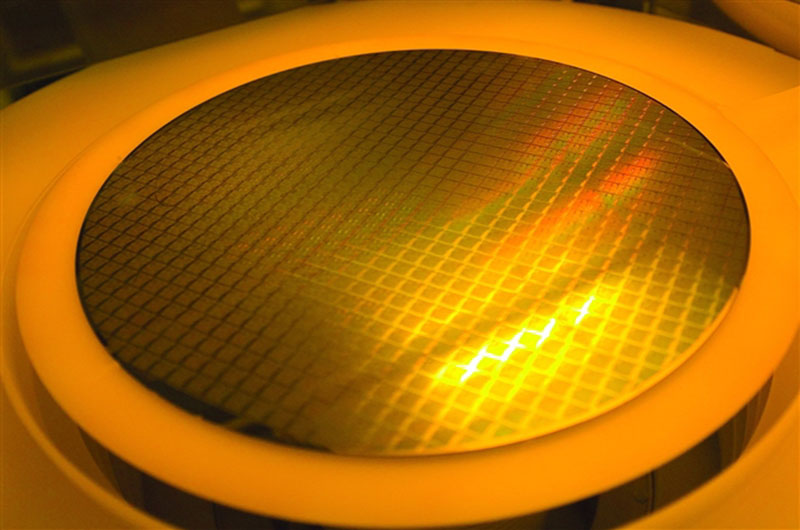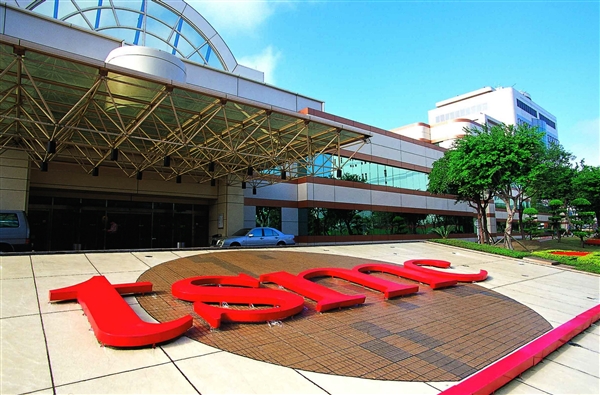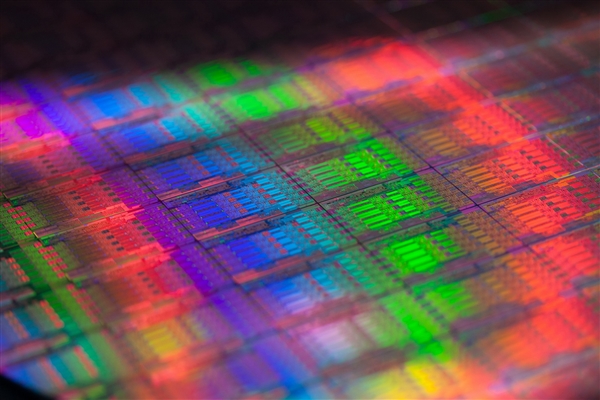
Time:2024-07-22Reading:1398Second
Recently, several articles have been recommended by the platform and many new subscriptions have been successfully added. At the same time, there were also some netizens who were puzzled (and spoke ill of) the concept of "equivalent aperture".
As mentioned before, the concept of "equivalent aperture" can only be discussed once a year. So today, let's use this year's quota.
Is 50mm considered wide-angle, standard or telephoto?
On full frame cameras, 50mm is the standard lens; On a 4/3 frame, 50mm is a telephoto lens; On smaller format portable cameras or mobile phones, 50mm becomes a telephoto lens. On medium and large format cameras, 50mm may also be a wide-angle or even ultra wide angle lens.
The shooting angle is determined by the physical focal length of the lens and the frame size (for digital cameras, the frame size is the "sensor size"). Establishing an "equivalent focal length" system based on 35mm full frame not only eliminates the need to memorize the relationship between lens focal length and viewing angle for specific sensor sizes, but also facilitates the comparison of viewing angles between different frame cameras - we don't need to deliberately remember what the viewing angle is when a 1/2.5 "inch sensor is paired with an 8.3mm lens.
By calculating the equivalent coefficient of approximately 6.0x using 1/2.5 inch, and then 8.3mm x 6 ≈ 50mm, it can be determined that it belongs to the standard lens.
So, is F4 considered a large aperture or a small aperture?
Like focal length, the aperture size also depends on the camera frame. On a full frame camera, F4 is considered a medium aperture; On mobile phones, F4 is definitely considered a small aperture; On medium and large format cameras, F4 can also have a large aperture or even a super large aperture.
The 'equivalent focal length' facilitates us in changing perspectives; And the "equivalent aperture" can help us compare the blurring ability and largely reflect the low light shooting ability - on mobile phones, the equivalent focal length is 240mm and the physical aperture is F4.9 (the equivalent aperture is much smaller than F4.9). Compared to full frame cameras with 240mm and F6.3, it is obvious that full frame cameras have stronger blurring and better low light image quality.
The aperture of the lens will not increase
Equivalent "is a calculation method that facilitates comparison of different frames. For example, the 8.3mm mobile phone lens mentioned earlier always has a physical focal length of 8.3mm, but it can provide a viewing angle similar to the 50mm lens of a full frame camera on this phone;
And its aperture actually has F1.6, which can calculate exposure like a camera, but the actual effect is definitely not as good as a full frame 50mm large aperture lens - introducing an "equivalent aperture" and calculating F1.6 × 6 ≈ F9.6 can give us a general judgment of its blurring ability and low light image quality.
To put it another way, cropping a photo taken with a camera lens can also achieve a shooting angle equivalent to a longer focal length lens. During this process, the aperture and shutter speed remain unchanged.
We cannot achieve the same shooting effect as 50mm F1.6 by cropping 8.3mm F1.6, nor can we achieve the same effect as 300mm F2.8 or even 400mm F2.8 by cropping 200mm F2.8.
Always remember, aperture=focal length ÷ passing aperture. After a lens is designed and produced, its maximum aperture is determined. If you want to multiply the focal length by an equivalent coefficient, you also need to multiply the aperture by an equivalent coefficient in order to maintain the equation.
There is no good thing that only earns without losing. As one side becomes longer, the other becomes thinner.





